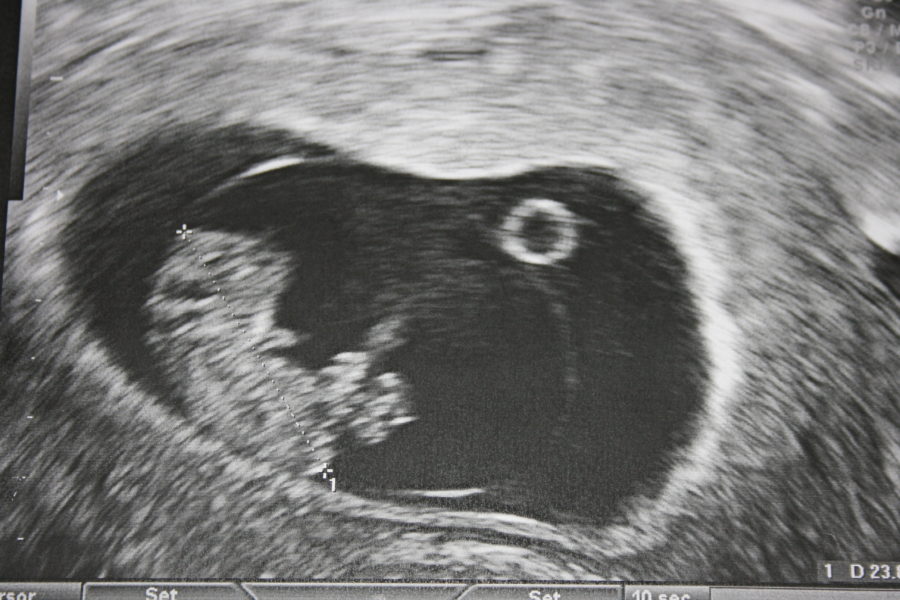2 min read
156 Views
Editorial Staff
What is cord blood?
When a child is developing inside the mother’s womb, he is connected to his mother’s placenta through an umbilical cord [...]
W
hen a child is developing inside the mother’s womb, he is connected to his mother’s placenta through an umbilical cord which is attached to his abdomen/navel. It is a channel which carries the oxygenated blood and the all the required nutrients from the placenta to the fetus and as well carry the deoxygenated blood and waste products back from the fetus to the placenta.
What does the cord string have?
The average 50 cm long navel string comprises of the following.
- A vein which carries the oxygenated blood and nutrients to the fetus
- Two arteries which help in passing out the deoxygenated blood and waste products to the placenta
- These two blood vessels are enclosed in a gelatinous substance called Wharton’s jelly which serves as a protection shield.
Towards the end of the pregnancy period, the umbilical cord also serves the function of passing the antibodies to provide him with the immunity which he will need for about three months after being born.
After the baby is born, the umbilical cord is clamped and cut. The portion of the placenta and the umbilical cord contain a little amount of blood which is called the cord blood.
It contains all the basic elements of blood viz RBCs, WBCs, blood platelets and plasma. Additionally, it contains hematopoietic stems cells which can be used as transplantation alternative to the bone marrow.
[Photo: sites.google.com]



